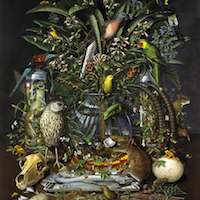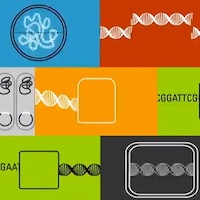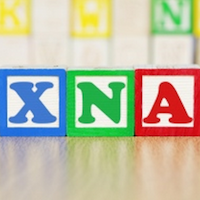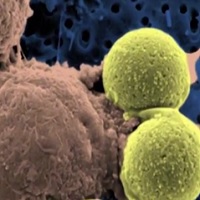This policy applies to Strange Nature and outlines our obligations in managing personal information we hold about entrants and others who come into contact with us.
Strange Nature is bound by the National Privacy Principles (‘NPPs’) contained in the Privacy Act 1988 (Cth) (‘Privacy Act’) that require us to handle your personal information responsibly. ‘Personal Information’ is defined within the Privacy Act as information or an opinion about an individual that can be used to identify that individual.
Why does Strange Nature collect Personal Information?
The primary purposes for which Strange Nature collects your personal information include:
- To notify and reward the winning and highly commended entrants.
- To inform entrants of future opportunities to submit entries to Strange Nature.
- To conduct comparative studies of common misconceptions about Synthetic Biology.
Strange Nature also takes reasonable steps to provide clear, complete and up-to-date information about our organisation, including how to get in touch with us. If you have a concern with the collection or use of your personal information, you can notify Strange Nature of your concern, make a complaint, obtain redress or pursue dispute resolution by simply contacting the Privacy Officer using the details set out below.
What kinds of Personal Information do we collect?
In general, the type of personal information Strange Nature collects and holds includes but is not limited to names, ages, genders, addresses, contact details, subjects studied and other information that will assist us in conducting our writing competition or studies of common misconceptions.
Personal Information Collection
When we collect your personal information we endeavour to:
- Let you know whom we are and what we intend to do with your information when we receive it. We strive to be open – upon request we will let you know what sort of personal information we hold about you, how we collect it and how we use and disclose it. Subject to the Privacy Act you may request access to the personal information we hold about you by contacting the Privacy Officer via the details set out below (Note: For security reasons we will require you to verify your identity and to specify the information that you require).
- Take steps to ensure that your personal details are accurate, complete and up-to-date when we use or collect them. You have the right under the Privacy Act to request changes to your personal information. We encourage you to contact us in order to update any personal information we hold about you using the Privacy Officer contact details set out below.
- Collect personal information only by lawful and fair means, generally by forms filled out by you online.
We may also monitor your usage of our web site to make improvements and provide other items you might want to know about. We may also use third parties to analyse traffic on our website, which may involve the use of cookies. Information collected through such analysis is anonymous. As much as reasonably possible, we will collect your information directly from you, although we may from time to time also use external sources that are legally entitled to disclose and use your personal information.
Personal Information Disclosure
We may disclose your personal information to:
- Sponsors providing the prize-money for the Strange Nature Writing Competition,
- Researchers who will conduct comparative studies of common misconceptions about synthetic biology,
- Other agents who assist us in providing services or who perform functions on our behalf, who are generally contract bound to protect your privacy,
- Government bodies such as the Police or regulatory authorities, who seek access to your personal information for law enforcement or other purposes,
- Anyone else to whom you have authorised us to disclose it.
Unless otherwise required or permitted by law, if we disclose your personal information to others we will only do so with your consent (implied or express), and we will also take steps to ensure the party to whom we have disclosed your information agrees to protect the privacy of your personal information.
Electronic Communications
The Spam Act 2003 (Cth) prohibits the sending of commercial electronic communications without the consent of the person to whom the communication is being sent. Communications may be sent for any of the purposes mentioned above. Strange Nature requests the email address of our entrants. Whenever emails are sent to an entrant Strange Nature will always provide the entrant with the option of “opting out” of receiving similar communications by way of electronic means in the future.
Opting Out
We always provide individuals with an opportunity to “opt-out” of receiving future communications from Strange Nature. If you receive a communication from us and don't wish to receive new information from us in the future, email the Privacy Officer on the details set out below and we will take appropriate steps to ensure your details are added to our ‘Do Not Mail’ list to ensure you will not receive any future communication from us. Strange Nature will not send communications to entrants who have asked us to mark their details as private or who have opted out of receiving such information.
The Security of our System
We take all reasonable steps to protect the security of personal information collected by us. Where we no longer require your personal information, we will take reasonable steps to destroy or suppress your personal information.
Updates to this Policy
This Policy will be reviewed from time to time to take account of new laws and technology, changes to our competition and research. We will at all times make available any information regarding our Privacy Policy to anyone who requests it, on our website and through the Privacy Officer.
Our Contact Details
We welcome your questions and comments about our handling of your personal details and this Privacy Policy. You may contact us at info@strangenature.org.











